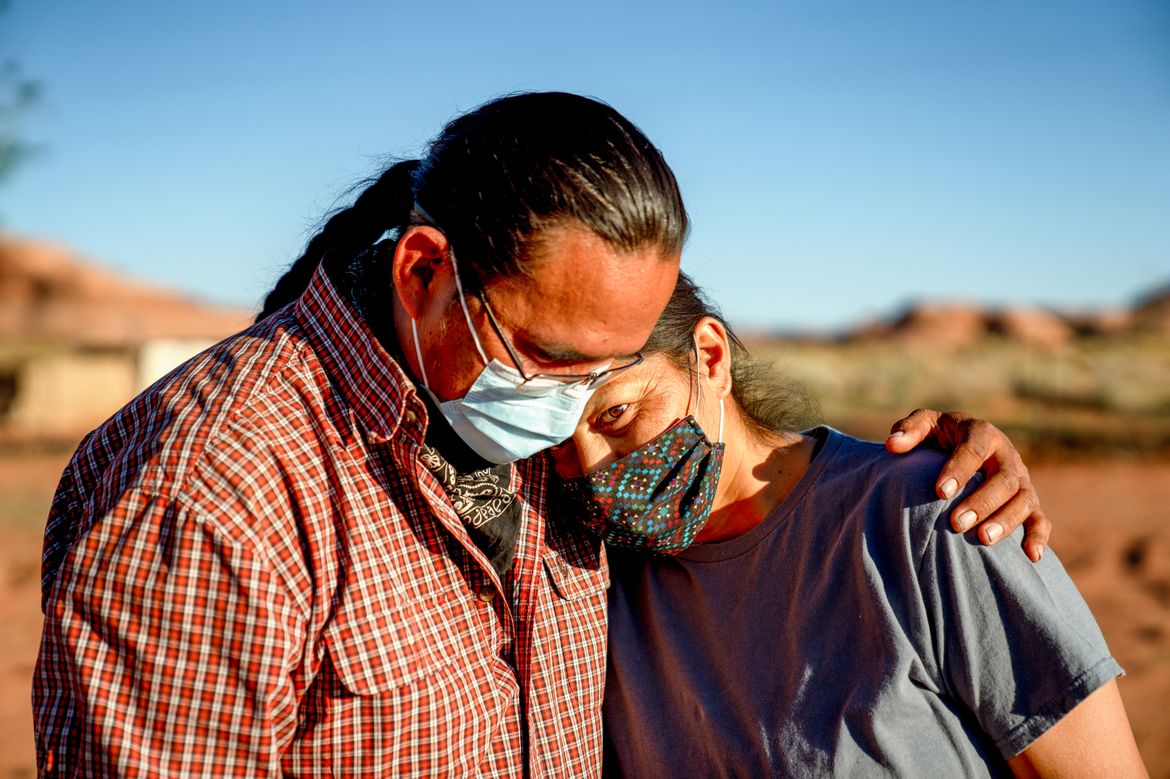
- Details
- By Native News Online Staff
National mid-life mortality data focuses disproportionately on white communities— thus furthering Indigenous data genocide— a new analysis published by UCLA last week shows.
The paper looks at the term ‘deaths of despair,’ coined in 2015 by Princeton economists Anne Case and Angus Deaton, who were researching what factors accounted for falling U.S. life expectancies among white people. Their findings showed that the fastest rising death rates among white Americans were from drug overdoses, suicide and alcoholic liver disease.
However, Case and Deaton research fell short of including data on Native Americans. UCLA researchers Joseph Friedman, Helena Hansen, and Joseph Gone, argue that, “If Native American people had been included in these analyses, increases in midlife mortality would not have been determined to be uniquely high among White people.”
Between 1999 and 2013—the same years of the original study—the white midlife mortality rate increased by almost 10%, whereas midlife mortality among Native Americans rose by nearly 30%, according to data from the Centers for Disease Control and Prevention.
Mortality from overdose, suicide and alcoholic liver disease have collectively been higher among Native Americans than their white counterparts in every available year of data since 1999, the paper says.
The disparity has only grown since, especially throughout the COVID-19 pandemic, American Indian and Alaska Natives had a mortality rate 1.8 times higher than that of non-Hispanic whites, according to a CDC report looking at data from 14 states.
The paper’s authors call for visibility of Native Americans in data.
The others proposed guiding principles “to protect against exclusionary data policies” for Native populations, including: specifically enumerating Native people instead of relying on the often categorization (at the state and national level) of ‘other’; and centering tribal concerns in the collection, maintenance, and sharing of community data.
“Narratives that center poor outcomes among White communities must be assessed critically, as they have historically overlooked and ignored higher rates of economic, social, and health inequities among minoritized populations in the USA,” the authors write. “This erasure of contemporary Native American presence and visibility plays a role in allowing health inequalities to go unchecked by depriving extreme disparities among Native American communities of the intense media and public attention that they deserve.Such attention—when properly contextualized through consistent reference to circumstances of Indigenous disadvantage—could play a role in galvanizing desperately needed additional health resources.”
More Stories Like This
Seven Deaths in Indian Country Jails as Inmate Population Rises and Staffing DropsSen. Luján Convenes Experts to Develop Roadmap for Native Maternal Health Solutions
Senate Passes Bill Aimed at Missing and Murdered Indigenous Peoples Crisis
Johns Hopkins Collecting Tribal Success Stories from $1.5B Opioid Settlement
Arizona MMIP Task Force Holds Listening Session for Survivors and Families


